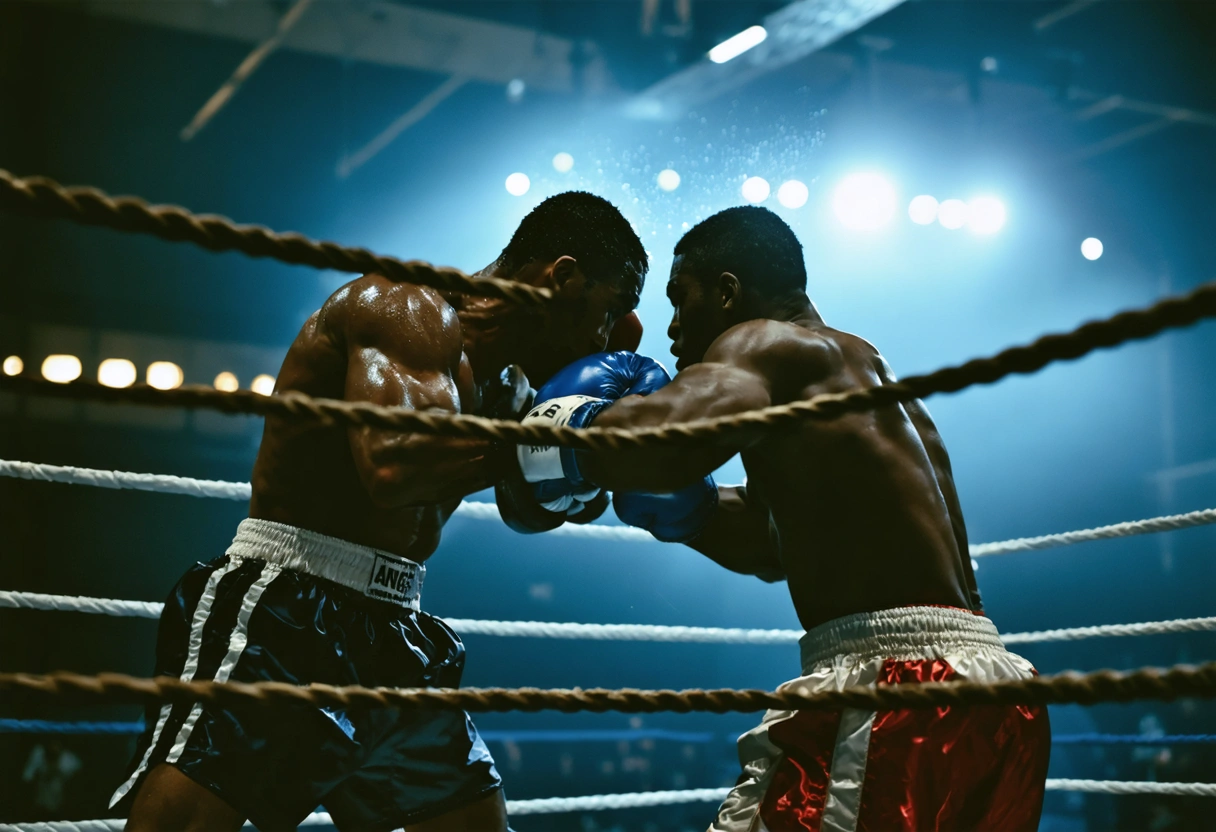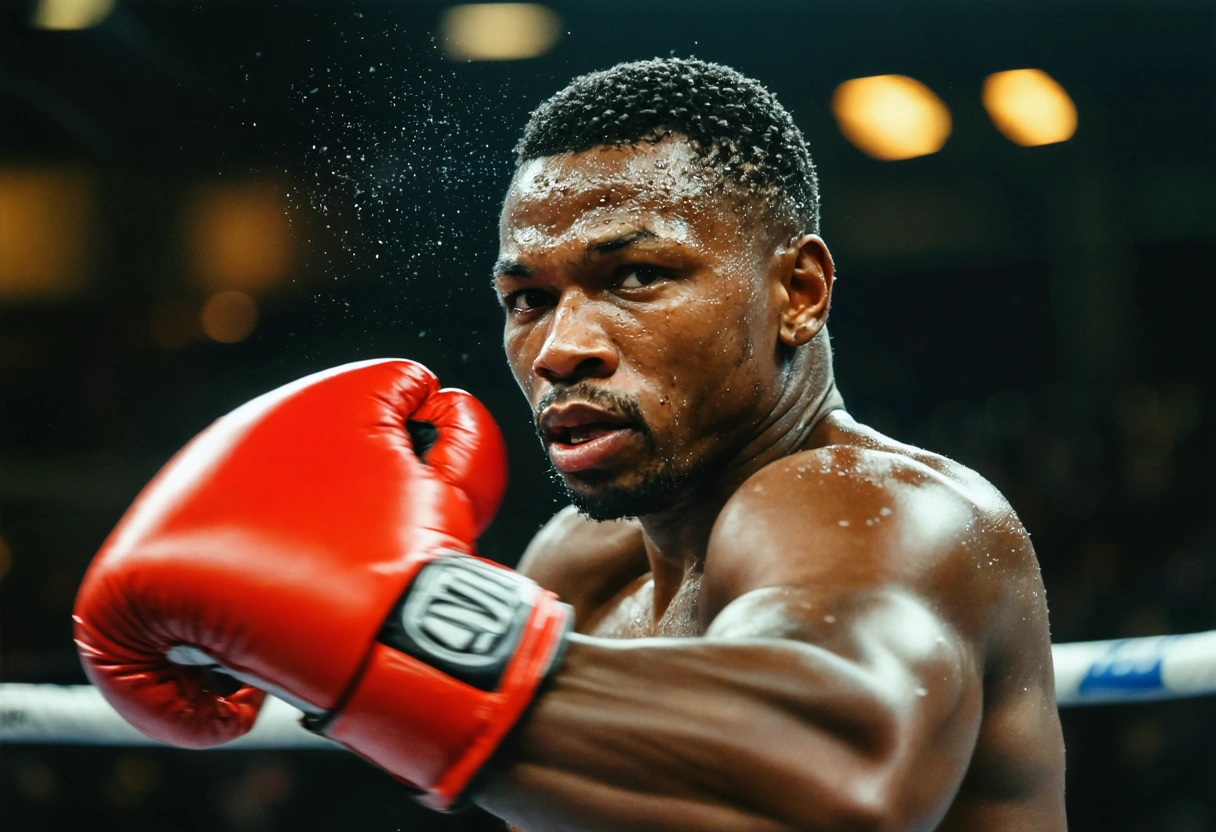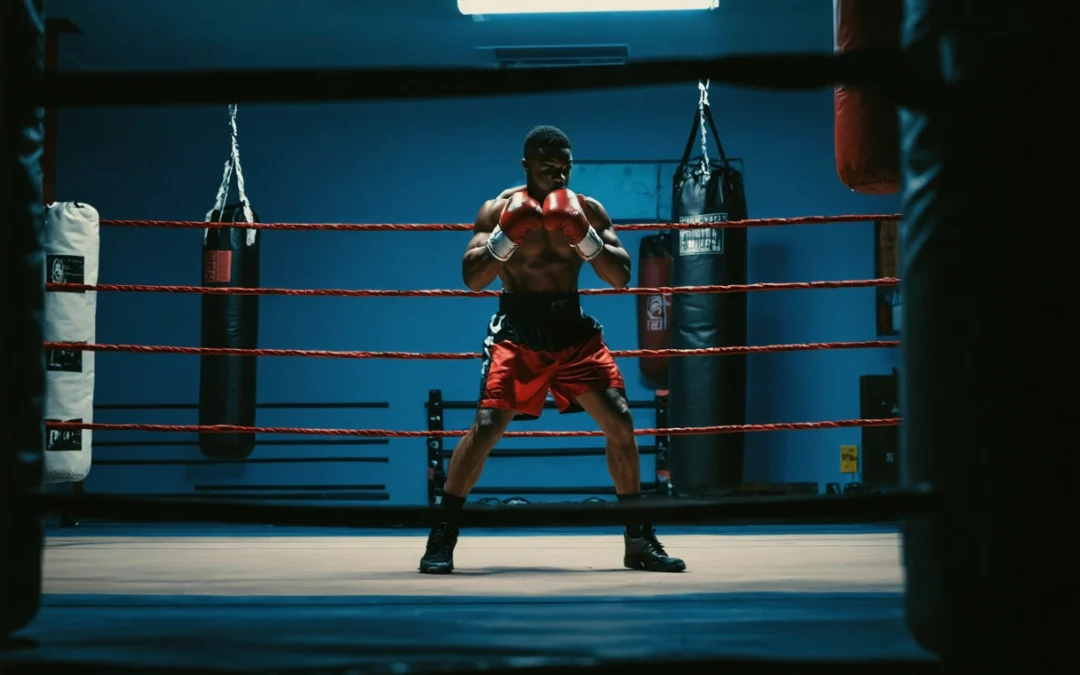Introduction to Defensive Boxing
Boxing is often perceived as a sport dominated by speed, power, and aggression. However, one of its critical components that often goes unnoticed is the art of defensive boxing. Mastering defensive techniques is crucial not only for success in the ring but also for ensuring a boxer’s long-term safety and injury prevention. In this article, we delve deep into the world of defensive boxing, exploring key strategies and techniques to minimize risk and enhance performance.
Defense in boxing involves more than just avoiding punches. It encompasses a strategic approach to movement, positioning, and counter-attacks, all designed to protect the boxer while creating opportunities for offense. Understanding how to effectively implement these strategies can significantly reduce the risk of injuries such as concussions, cuts, and bruises, which are common in this high-contact sport.
The Fundamental Techniques of Defensive Boxing
At the core of defensive boxing are a few fundamental techniques that every boxer should master. These techniques serve as the foundation for more advanced strategies and help in building a robust defense mechanism. One such technique is the basic guard position. This involves keeping the hands up, elbows in, and chin tucked down to shield the head and torso from incoming blows. Mastering the guard position is essential for any boxer, as it forms the first line of defense against punches.
Another critical technique is head movement. By practicing slipping, bobbing, and weaving, a boxer can avoid punches while maintaining balance and readiness to counter-attack. These movements not only diminish the force of impact by making the punch glance off but also create openings for offensive maneuvers. Footwork is equally important, allowing a boxer to navigate the ring effectively, maintain distance, and control the pace of the fight. Proper footwork involves pivoting, sliding, and shuffling, which help in evading punches and setting up attacks.

Advanced Defensive Strategies
As boxers become more experienced, they can incorporate advanced defensive strategies into their repertoire. These strategies often involve a combination of fundamental techniques and situational awareness. One such strategy is the use of feints to confuse opponents. By pretending to attack or defend, a boxer can manipulate their opponent’s reactions, creating opportunities for counter-attacks. Feints require excellent timing and the ability to read an opponent’s intentions effectively.
Another advanced strategy is the shoulder roll, a defensive move popularized by legendary boxers like Floyd Mayweather Jr. The shoulder roll involves using the shoulder to deflect punches while simultaneously setting up counter-punches. This technique requires precise timing and positioning, as well as the ability to anticipate an opponent’s moves. Practicing these advanced strategies can enhance a boxer’s defensive capabilities significantly, reducing the risk of injury and improving overall performance.
Importance of Sparring and Real-World Practice
While mastering defensive techniques in theory is important, practical application through sparring is essential for honing these skills. Sparring provides a controlled environment where boxers can test their defensive abilities against live opponents. It allows them to experience the pressure of a real fight, adapt to different styles, and refine their strategies accordingly. Through consistent sparring, boxers can build muscle memory, improve reaction times, and develop the mental toughness required to stay calm under pressure.
Moreover, sparring helps boxers identify and address weaknesses in their defense. Coaches can provide valuable feedback, helping fighters make necessary adjustments to enhance their defensive skills. It is crucial to balance sparring intensity to avoid unnecessary injuries while maximizing the learning experience. Incorporating various sparring partners with different fighting styles can also provide a well-rounded experience, preparing boxers for diverse opponents in actual matches.

Injury Prevention and Safety Measures
Preventing injuries in boxing requires a proactive approach that goes beyond mastering defensive techniques. Proper conditioning and strength training are vital components of injury prevention. Building core strength, flexibility, and endurance can enhance a boxer’s ability to absorb blows and recover quickly from fatigue. Regular conditioning routines tailored to a boxer’s specific needs can significantly reduce the risk of injuries such as muscle strains and joint damage.
Additionally, investing in quality protective gear is essential for safety in boxing. Headgear, mouthguards, and gloves should meet industry standards and fit properly to provide maximum protection. It’s important to regularly inspect and replace gear to ensure its effectiveness. Another crucial safety measure is adhering to proper training and sparring protocols. This includes maintaining adequate rest periods, staying hydrated, and avoiding overtraining, which can lead to burnout and increase the likelihood of injuries.
The Role of Mental Preparedness in Defensive Boxing
Mental preparedness is an often-overlooked aspect of defensive boxing but plays a critical role in injury prevention. Boxers need to develop a strong mental game to remain focused and composed during matches. Visualization techniques, such as mentally rehearsing defensive moves and strategies, can enhance a boxer’s confidence and readiness for a fight. Confidence in one’s defensive abilities can reduce anxiety and hesitation, allowing for more fluid and effective responses.
Mental toughness is also crucial for overcoming setbacks and maintaining resilience in the face of adversity. Boxers must learn to stay calm under pressure and adapt to changing circumstances in the ring. Developing a positive mindset and using psychological strategies can help boxers stay motivated, maintain discipline, and push through challenging training sessions. Building mental strength not only aids in injury prevention but also contributes to overall success in the sport.

The Path to Mastery
Mastering the art of defensive boxing is a journey that requires dedication, practice, and a comprehensive understanding of both fundamental and advanced techniques. By focusing on defensive strategies, boxers can minimize their risk of injuries and enhance their performance in the ring. From mastering the basic guard position to employing advanced techniques like feints and shoulder rolls, each aspect of defensive boxing contributes to a well-rounded skill set.
In addition to technical skills, prioritizing sparring, conditioning, and mental preparedness are essential for long-term success and safety. By adopting a holistic approach to training, boxers can build resilience, develop confidence, and excel in their craft. As they continue to refine their defensive skills, boxers can enjoy a successful and safe career in the sport, inspiring others with their mastery of the art of defensive boxing.
Integrating Technology into Defensive Boxing Training
As technology continues to evolve, its integration into sports training, including boxing, has become increasingly prevalent. Utilizing technology can offer boxers innovative ways to enhance their defensive skills and prevent injuries. Video analysis is one of the primary tools that coaches and boxers use to review performance. By analyzing footage of training sessions and matches, boxers can identify patterns in their defense, recognize areas for improvement, and better understand opponent behavior. This visual feedback loop is invaluable for refining techniques and developing more effective defensive strategies.
Wearable technology, such as smart gloves and sensors, can also play a significant role in defensive boxing training. These devices can provide real-time data on punch speed, impact force, and movement efficiency. By tracking these metrics, boxers can gain insights into their defensive effectiveness, make data-driven adjustments, and optimize their training regimens. Technology not only aids in skill development but also enhances safety by monitoring physiological responses, helping boxers avoid overtraining and injury.

The Influence of Legendary Defensive Boxers
Studying the careers of legendary defensive boxers can provide valuable insights and inspiration for aspiring fighters. Boxers like Muhammad Ali, Pernell Whitaker, and Willie Pep were renowned for their exceptional defensive abilities, setting the standard for future generations. Muhammad Ali’s use of the “rope-a-dope” technique, where he absorbed punches on the ropes to tire out opponents, showcased his strategic genius and resilience. Ali’s ability to anticipate and counter punches with precision remains a hallmark of defensive boxing.
Pernell Whitaker, known for his elusive style, demonstrated the effectiveness of head movement and footwork in evading punches. His mastery of slipping and weaving allowed him to dominate opponents while minimizing damage. Willie Pep, another defensive maestro, was famous for his speed, agility, and tactical prowess. Pep’s ability to control fights with his defensive skills alone is a testament to the importance of defense in boxing. Studying these legends can provide boxers with a deeper understanding of defensive techniques and inspire them to innovate and adapt these strategies to their style.
Community and Support Systems in Defensive Boxing
Boxing is not a solitary pursuit; the support of a community plays a crucial role in a boxer’s development, particularly in mastering defensive skills. Coaches, trainers, and fellow boxers provide invaluable guidance, feedback, and encouragement throughout a boxer’s journey. A supportive environment fosters growth, enabling boxers to push their limits and refine their defensive techniques. Regular interaction with experienced mentors can help boxers identify weaknesses, set realistic goals, and track progress effectively.
Engaging with a boxing community also offers opportunities for sparring and networking with other fighters, which is essential for gaining diverse experiences and perspectives. Sharing knowledge and experiences with peers can lead to the discovery of new strategies and techniques, contributing to a boxer’s defensive repertoire. Additionally, community support can boost motivation and provide emotional resilience, helping boxers overcome challenges and stay committed to their training regimens.

Future Trends in Defensive Boxing
The future of defensive boxing is likely to be shaped by ongoing advancements in sports science and technology. Virtual reality (VR) training is emerging as a promising tool for simulating realistic fight scenarios and allowing boxers to practice defensive techniques in a safe and controlled environment. VR can provide immersive experiences that help boxers improve their reaction times, decision-making skills, and spatial awareness, all of which are critical components of effective defense.
In addition, the development of more sophisticated training equipment and methodologies will continue to enhance defensive boxing. Innovations such as programmable sparring robots and AI-driven training platforms have the potential to revolutionize the way boxers train, offering personalized feedback and tailored training plans. As these technologies become more accessible, they will contribute to safer and more effective defensive training, ultimately advancing the sport of boxing.
Embracing the Journey of Defensive Mastery
In the ever-evolving landscape of boxing, mastering defensive techniques remains a fundamental aspect of a boxer’s skill set. By incorporating traditional methods, leveraging technology, and drawing inspiration from legendary fighters, boxers can develop a comprehensive approach to defense that prioritizes safety and performance. As the sport continues to grow and evolve, those who embrace the journey of defensive mastery will be better equipped to face the challenges of the ring and achieve long-term success.
Ultimately, defensive boxing is not just about avoiding punches; it is an art form that requires dedication, discipline, and a willingness to learn and adapt. By committing to continual improvement and fostering a strong support system, boxers can protect themselves from injury, enhance their competitive edge, and leave a lasting impact on the sport. The journey of mastering defensive boxing is a testament to the resilience and determination of those who choose to pursue it, paving the way for future generations of fighters.

